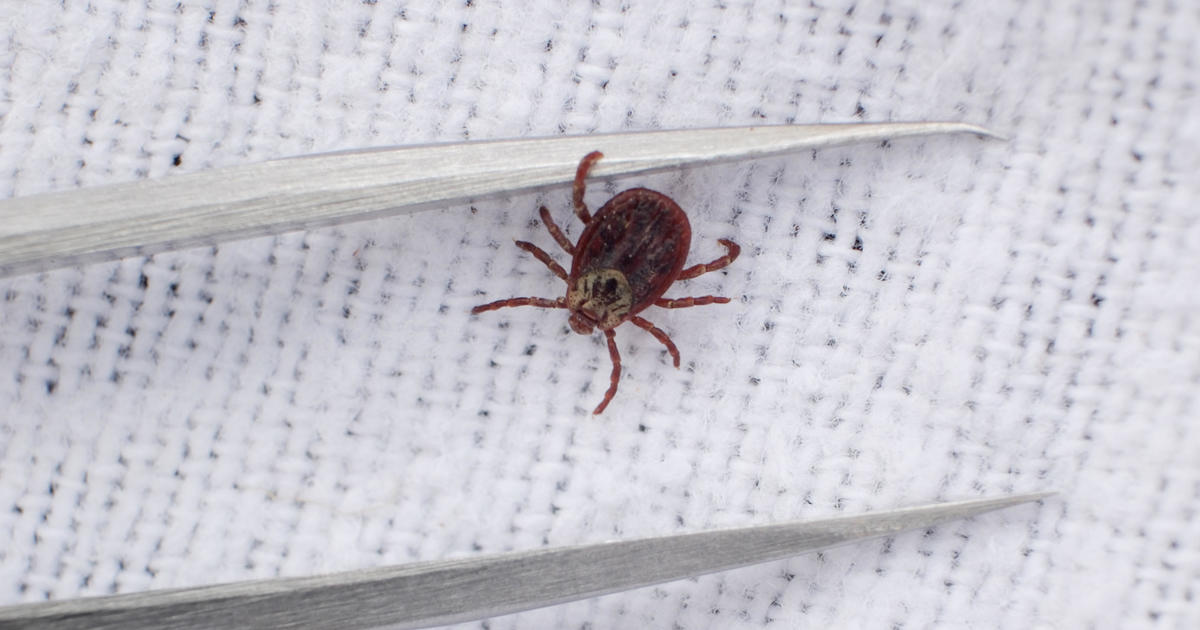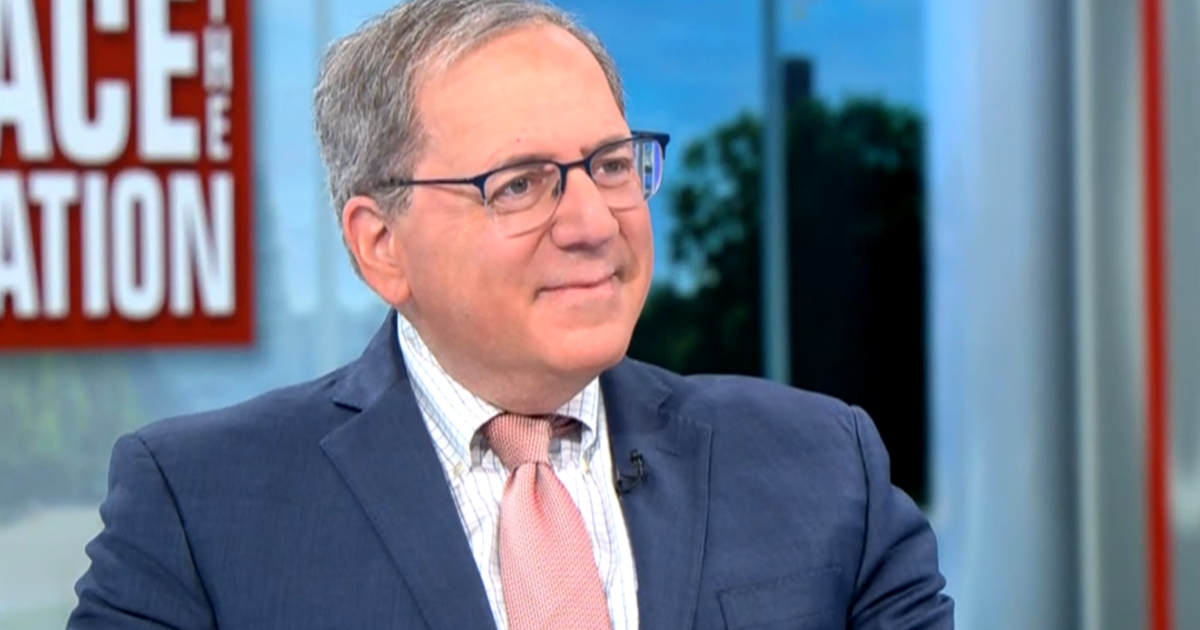Slight Concern About Shuttle's Heat Shield
With a 4-inch gap in the space shuttle Atlantis' heat-protecting blanket not appearing to be an urgent problem on Saturday, the crew readied themselves for what NASA called a delicate ballet with the international space station.
Then the shuttle will enter a weeklong embrace Sunday with the orbital outpost.
Atlantis' seven astronauts spent much of Saturday on a mandatory inspection of the shuttle's delicate heat tiles, outer edges and blankets for problems similar to the kind that caused the fatal Columbia accident in 2003. As of Saturday afternoon, no glaring problems were reported.
But late Friday and early Saturday, the crew spent extra time using a robot arm to look at a gap in a thermal blanket on the left side of the shuttle. The gap, about 4 inches, appears to be the result of an unusual fold in the blanket, NASA spokeswoman Lynette Madison said.
NASA mission managers discussed the gap Saturday and were not ready to pronounce the blanket completely OK until more analysis was done, NASA spokesman Kyle Herring said. It was not expected to change the astronauts' plans in the next several days, he said.
"We've landed safely with damage (in the same area) that's similar or worse," Herring said. "I don't think concern is the right word; there's no urgency with the situation."
The area does not get hotter than 700 degrees Fahrenheit during the shuttle's return to Earth and is not a place where NASA is usually concerned about potentially fatal problems, Madison said. Still, engineers were using photos to create a three-dimensional model of the gap just in case.
As part of the normal day-after-launch tile inspections, astronaut Patrick Forrester used the shuttle's robot arm and a boom extension to examine its wings and outer edges.
By late afternoon, mission managers had found no other issues, concluding that Atlantis was flying well, Herring said.
Atlantis' crew was given an extra half-hour to sleep Saturday morning, then awoke to the song "Big Boy Toys" by Aaron Tippin.
Atlantis' seven-man crew was closing the gap between it and the space station by about 800 miles every 90-minute orbit. By 2 p.m. EDT, the shuttle was scheduled to be about 4,000 miles away from its destination. Atlantis is scheduled to dock with the space station Sunday at 3:38 p.m. EDT.
Before the docking comes maneuvering that NASA officials often call a delicate ballet, a procedure that has appeared effortless in 20 previous tries, even though it is risky.
"Two vehicles weighing 230,000 pounds going 17,500 mph, it's tough stuff," Mission Management Team leader John Shannon told The Associated Press.
Atlantis commander Rick Sturckow will move the shuttle until it is 600 feet below the station and then make the shuttle turn a 360-degree backflip in just nine minutes. The last few feet of the docking occur so slowly that Atlantis will get only an inch closer to the station every second.
Once the shuttle and station connect, they will stay locked until June 17.
During the 11-day flight, the astronauts will deliver a new segment and a pair of solar panels to the orbiting outpost. They plan three spacewalks — on Monday, Wednesday and Friday — to install the new equipment and retract an old solar panel.
On Sunday, astronaut Clayton Anderson will replace astronaut Sunita Williams as the U.S. representative aboard the space station, and Williams will return to Earth aboard Atlantis. She has spent the past six months in orbit.
About an hour after launch, NASA managers said initial checks found nothing to worry about. One piece of foam that appeared to come off the shuttle's fuel tank — which bore ugly white patches from repaired hail damage that had delayed the flight by three months — about 135 seconds after launch did not seem to hit the shuttle, said shuttle program manager Wayne Hale.
"The tank performed in a magnificent way, despite having several thousand repairs to it," Hale said at a news conference. "(The debris) should not be a hazard that late in the flight."
The first shuttle launch of the year helped put NASA back on track after a run of bad luck and scandal on the ground during the first half of the year.
In the past few months, NASA has seen the arrest of astronaut Lisa Nowak in an alleged plot to kidnap her rival for a shuttle pilot's affections; a murder-suicide at the Johnson Space Center in Houston; and the derailment of a train carrying rocket-booster segments for future shuttle launches.
More recently, NASA Administrator Michael Griffin has come under fire for suggesting that global warming may not be a problem worth wrestling with. And the agency's inspector general was lambasted at a congressional hearing Thursday by former staff members, congressmen and senators for the way he managed his office, treated his employees and investigated complaints.



